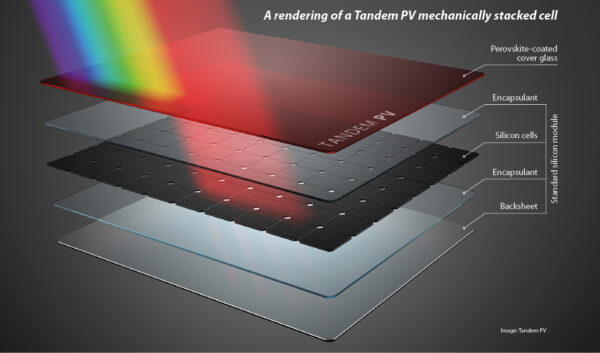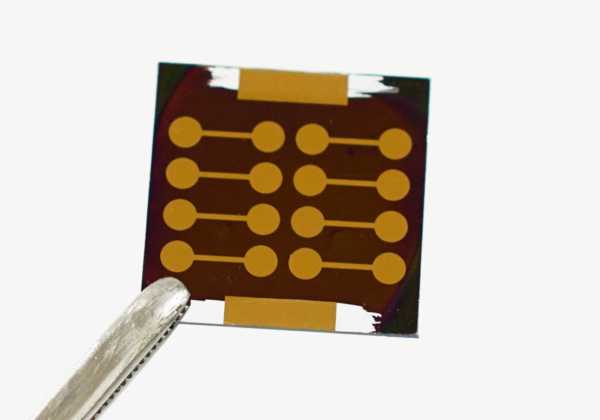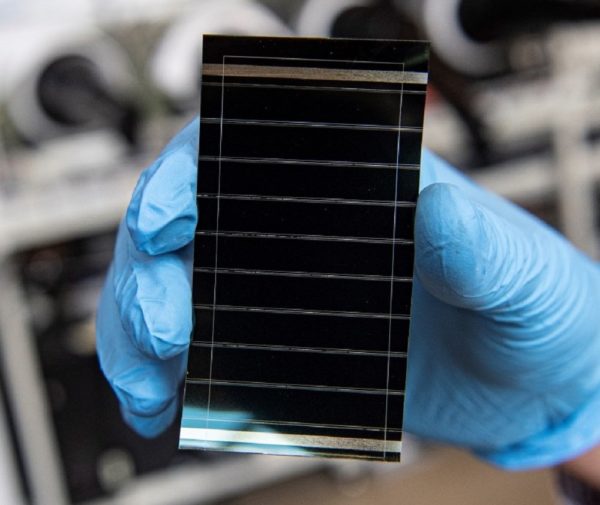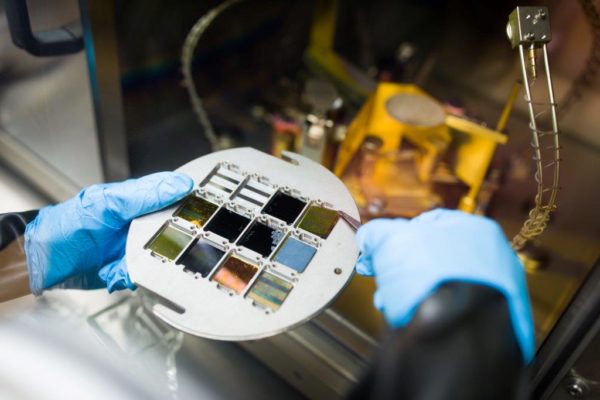Search Results for "perovskite"

Opinion and analysis
Oct 31, 2023
Andries Wantenaar, a solar analyst at Rethink Energy, explains why…
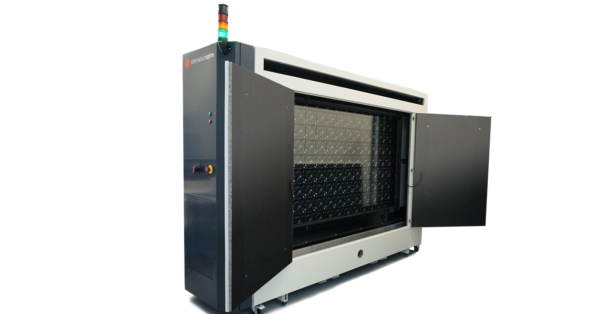
Opinion and analysis
Sep 12, 2023
With perovskite PV technology showing promise for next-generation solar manufacturers,…
Press Release
Dec 21, 2023
On December 9, Beijing time, China's privately owned company, Landspace,…
Filter Results
